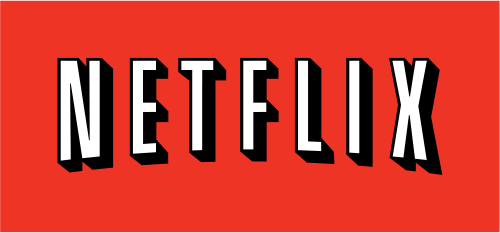Media
Why the Netflix Price Hike Is So Different in 2014 vs. 2011
Published:
Last Updated:
The big news around the camp fire is not just that Netflix Inc. (NASDAQ: NFLX) beat earnings this time around, nor is it just that the company’s international subscriber growth is ahead of expectations. What may become a battleground issue is the telegraphed price hike that Reed Hastings made along with its earning announcement.
Unlike the prior Reed Hastings price hike debacle, this time may be different. Perhaps very different — and for the better. 24/7 Wall St. is comparing the two price hikes of 2011 versus 2014, and we even have a poll at the end to see if it matters to Netflix subscribers.
First and foremost, the company said specifically that — as expected — it saw only a limited impact from its January price increase for new members in Ireland, where the service rose from €6.99 to €7.99. This included grandfathering all existing members at €6.99 for two years.
In the U.S., Hastings talked up a much better content selection since Netflix introduced its streaming plan at $7.99 per month. So, the question being proposed is simply how much more can be charged without driving cancellations. Hastings said:
Our current view is to do a one or two dollar increase, depending on the country, later this quarter for new members only. Existing members would stay at current pricing (e.g. $7.99 in the U.S.) for a generous time period. These changes will enable us to acquire more content and deliver an even better streaming experience.
So, what is happening is that the price hike will be for new subscribers. What is not known is how long a “generous time period” is when it comes to the army of existing subscribers. Is that the two years like in the case of Ireland?
In Monday’s earnings conference call, Reed Hastings did admit that there could be only a modest revenue impact in the short term.
Another issue that customers have to understand now is that the cost of operating this service is going up after the knockout of net neutrality. AT&T Inc. (NYSE: T) was signaled out as having lackluster streaming performance. Netflix also said that Comcast Corp. (NASDAQ: CMCSA) is about to get to be too powerful with a 60% share of the U.S. broadband market with the merger of Time Warner Cable Inc. (NYSE: TWC), so Netflix plans to oppose it. With a Comcast deal in hand and with a potential AT&T deal down the road, this drives up prices.
The difference of a price hike in 2014 and in 2011 may be that price hikes are easier to pass on now. Jeff Bezos of Amazon.com Inc. (NASDAQ: AMZN) may have just given Reed Hastings a path to roll out higher subscription costs after raising prices for Amazon Prime. In fact, with Hastings keeping prices stead on existing subscribers for “a generous time period” it may simply be viewed as a cost of doing business. Amazon Prime Video also has its own exclusive content, and Reed Hastings said that many consumers prefer to subscribe to both, plus Hulu as well.
Another boost for Hastings’ case for a price hike is that the carrier cost issue is a known even now by the public. Another boost is that subscribers may think they are going to get even better exclusive content, and perhaps more top movie deals. In 2011, Netflix did not have House of Cards and its own content to speak of. Now it does. Netflix and YouTube also now are responsible for roughly half of all internet traffic at peak times.
Something else that has happened since 2011 is the Blockbuster stores are history, short of about 50 franchise locations. Go try to find a Blockbuster store these days — or ANY video rental store. Also, there has been horrific press about HBO Go not working when it needed to. While those show follies may not have been on Netflix anyway, it does help the case for Hastings to raise prices.
The last thing to consider is that the economy is better in 2014 than in 2011. That price hike was in July of 2011. The unemployment rate in July 2011 9.1%, with some 13.9 million people listed as unemployed. Teenagers had 25% unemployment. As of March 2014, the unemployment rate was 6.7%, the number of unemployed was 10.5 million, and the teen unemployment rate was down to 20.9%. Also in March of 2014, the civilian labor force’s tally of 155.6 million was better than the July 2011 number of 153.2 million people.
Reed Hastings just has a better case for a price hike this time around. That being said, tell us what you think in a poll, keeping in mind that it is only for significant subscriber impact, or how you feel in an “other” answer.
[polldaddy poll=7985752]
Credit card companies are handing out rewards and benefits to win the best customers. A good cash back card can be worth thousands of dollars a year in free money, not to mention other perks like travel, insurance, and access to fancy lounges. See our top picks for the best credit cards today. You won’t want to miss some of these offers.
Flywheel Publishing has partnered with CardRatings for our coverage of credit card products. Flywheel Publishing and CardRatings may receive a commission from card issuers.
Thank you for reading! Have some feedback for us?
Contact the 24/7 Wall St. editorial team.